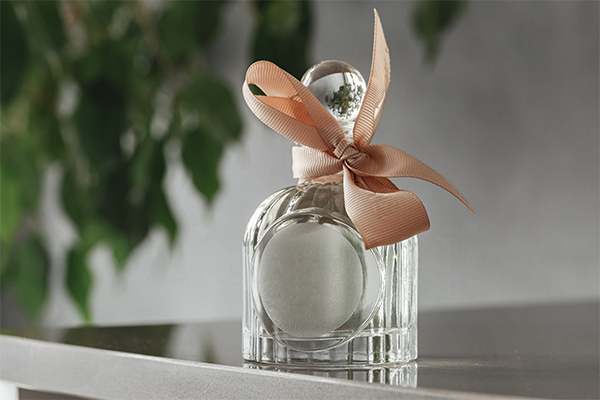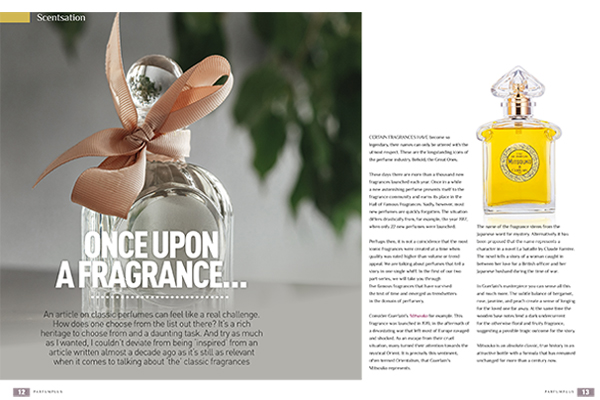Read this post in
 Arabic
Arabic
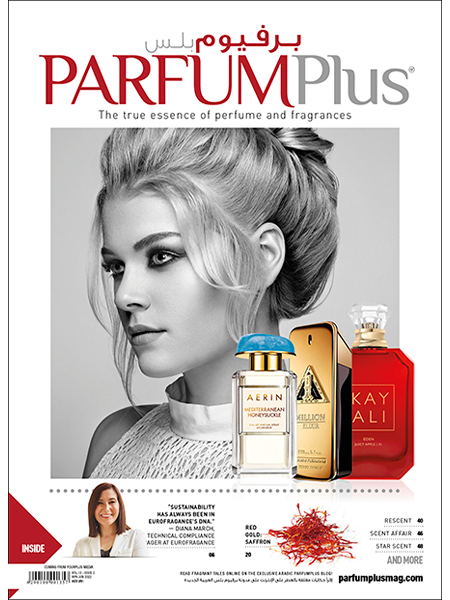
Once upon a fragrance…
An article on classic perfumes can feel like a real challenge. How does one choose from the list out there? It’s a rich heritage to choose from and a daunting task. And try as much as I wanted, I couldn’t deviate from being ‘inspired’ from an article written almost a decade ago as it’s still as relevant when it comes to talking about ‘the’ classic fragrances
Certain fragrances have become so legendary, their names can only be uttered with the utmost respect. These are the longstanding icons of the perfume industry. Behold, the Great Ones.
These days there are more than a thousand new fragrances launched each year. Once in a while a new astonishing perfume presents itself to the fragrance community and earns its place in the Hall of Famous Fragrances. Sadly, however, most new perfumes are quickly forgotten. The situation differs drastically from, for example, the year 1917, when only 22 new perfumes were launched.
Perhaps then, it is not a coincidence that the most iconic fragrances were created at a time when quality was rated higher than volume or trend appeal. We are talking about perfumes that tell a story in one single whiff. In the first of our two part series, we will take you through
five famous fragrances that have survived the test of time and emerged as trendsetters in the domain of perfumery.
Consider Guerlain's Mitsouko for example. This fragrance was launched in 1919, in the aftermath of a devastating war that left most of Europe ravaged and shocked. As an escape from their cruel situation, many turned their attention towards the mystical Orient. It is precisely this sentiment, often termed Orientalism, that Guerlain's Mitsouko represents.
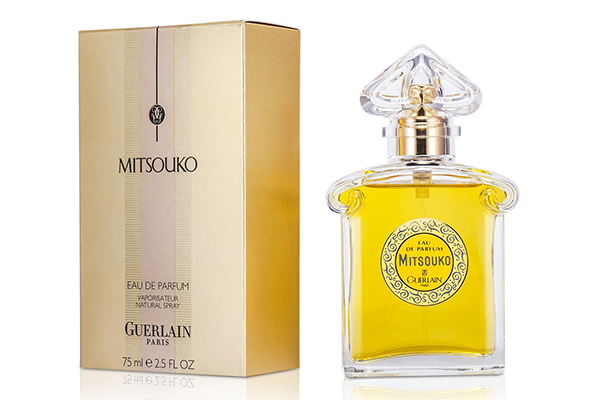
The name of the fragrance stems from the Japanese word for mystery. Alternatively it has been proposed that the name represents a character in a novel La bataille by Claude Farrère. The novel tells a story of a woman caught in between her love for a British officer and her Japanese husband during the time of war.
In Guerlain's masterpiece you can sense all this and much more. The subtle balance of bergamot, rose, jasmine, and peach create a sense of longing for the loved one far away. At the same time the wooden base notes lend a dark undercurrent for the otherwise floral and fruity fragrance, suggesting a possible tragic outcome for the story.
Mitsouko is an absolute classic, true history in an attractive bottle with a formula that has remained unchanged for more than a century now.

A few years after the release of Mitsouko, in 1921, Guerlain launched its most successful perfume to this day, the iconic Shalimar. The fragrance derives its name from the garden Shah Jahan had planted in the 17th century for his deceased wife Mumtaz Mahal, who also inspired the construction of the famous monument of Taj Mahal.
Shalimar is told to have been created when Jacques Guerlain added a hefty dose of the synthetic vanilla compound vanillin to his other perfume, Jicky. The new mixture combined vanillin with the natural vanilla extract and tonka beans in Jicky, thus creating an intriguing balance of spicy and sweet scents. To this day vanilla and tonka bean provide the base for Shalimar's lighter notes of iris, jasmine, rose, and bergamot.
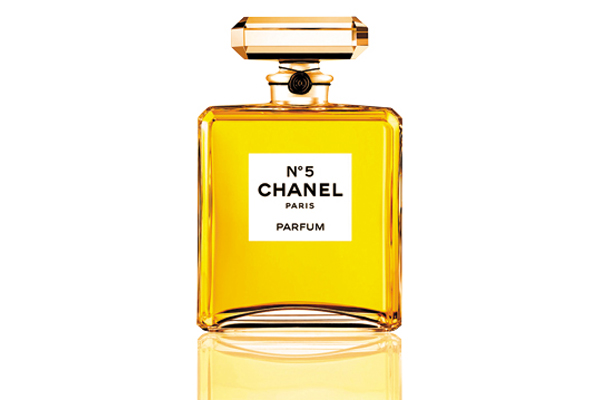
When talking about great perfumes, one instantly thinks about Chanel's No. 5, arguably the best known perfume for the popular audience. This classic fragrance was created in 1921 by Ernest Beaux and has remained virtually unchanged
up to our times.
A range of celebrities have endorsed the unique scent of No. 5, all helping to form a dedicated fanbase for Chanel's most popular perfume. Marilyn Monroe, for example, was particularly fond of the fragrance.
Chanel No. 5 is an extremely complex fragrance that feels just as modern today as it did in the previous century. The top notes combine a heavy dose of fresh aldehydes with a lovely touch of ylang-ylang. The heart is composed of jasmine and rose, followed by a subtle mixture of sandalwood and vetiver. Complex, well-balanced, and iconic, No. 5 gains new admirers with each passing generation.
No. 5 was the first of so-called abstract perfumes. In the early 20th century abstract art in general was quickly becoming more popular, which also contributed to the initial success of No. 5.
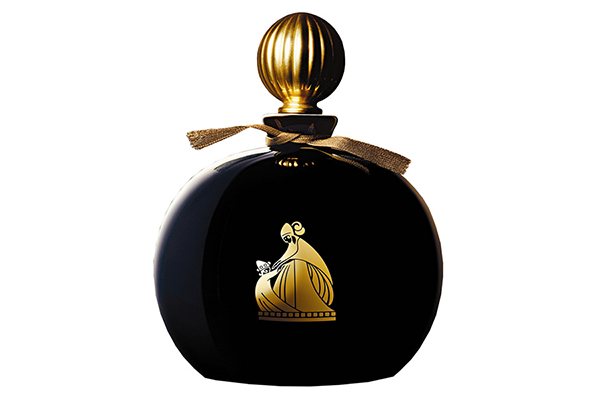
Another of the early abstract perfumes, Arpège released by Lanvin in 1927, has shared the longstanding success of No. 5. Arpège was originally created by Andre Fraysse as a complement to the 30th birthday of Jeanne Lanvin's daughter.
The name Arpège stands for the musical term arpeggio, which means the notes of a chord
played one after another instead of simultaneously. Perfume is often compared to music, and because Lanvin's daughter was a musician, the name is especially fitting.
Aprège combines over 60 floral fragrances with aldehydes and bergamot, all laid on top of a base composed of sandalwood, vetiver, patchouli, and vanilla. The scent is complex right from the start, and only builds up after the initial blast. The original Arpège was reformulated in 1993 to appeal to a younger crowd, but the overall impression of the perfume remains the same.
While Arpège is considered a classic floral fragrance, it is Jean Patou's Joy that many consider the ultimate floral perfume. Joy was launched in 1930 at the height of the Great Depression, and even though it was marketed by Patou as the world's most expensive perfume in times of great economical trouble, the fragrance sold well. In fact, Joy is still exceedingly popular, and is considered the second most successful perfume in the world after Chanel No. 5.
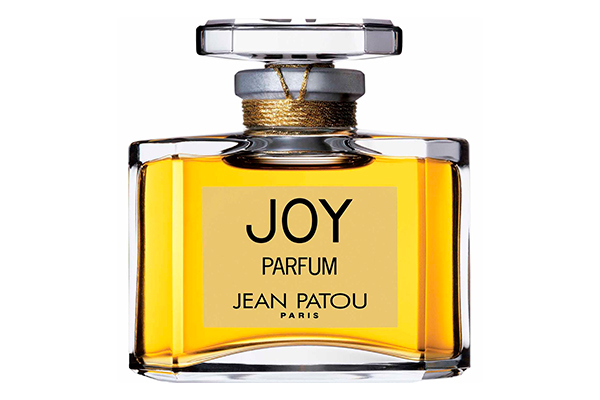
Even though Joy is focused much on rose and jasmine, it was created not to represent a single flower but to capture the essence of all flowers. In this sense, Joy can also be viewed as an abstract perfume. Indeed, Joy also utilizes aldehydes in its top notes – the same synthetic compounds that contributed to the success of Chanel No. 5 and Arpège. While the top and middle notes of Joy are composed of fruity and floral scents, the base of sandalwood, musk, and civet, is dominated by an animalistic character.
Reflecting back on these great perfumes, one is tempted to ask just what makes a perfume a classic. From Mitsouko's oriental exoticism to Joy's abstract floral essence, there is only one combining element; namely, that each perfume has managed to capture the spirit of their time. In the end, there is no standard formula for a successful perfume. It all depends on the magical effect the fragrant compounds create when sprayed on the skin.
Read this post in
 Arabic
Arabic


